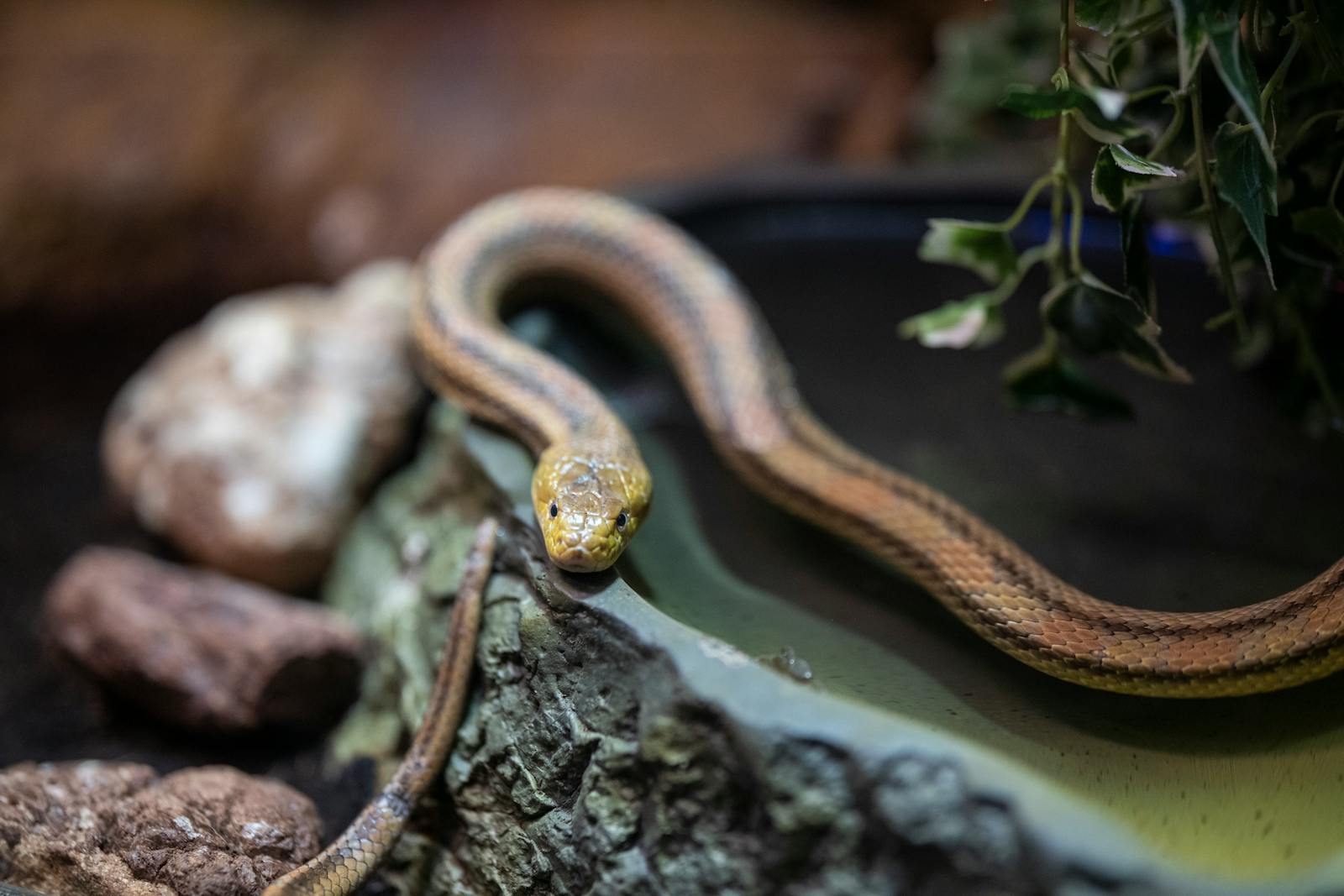In the shadowy corners of forgotten buildings, within the crumbling walls of deserted homes, and beneath the rotting floorboards of abandoned structures, certain snake species have found ideal habitats far from their natural environments. These opportunistic reptiles have adapted to human-altered landscapes, making themselves at home in places humans have left behind. The phenomenon of snakes colonizing abandoned human structures offers a fascinating glimpse into wildlife adaptation in our ever-changing world. These serpentine squatters take advantage of the shelter, abundant prey, and protection from predators that these structures provide, creating a unique ecological niche at the intersection of the natural and human-built environment.
The Rat Snake: Master of Abandoned Buildings

Among the most common snakes found in abandoned human structures is the rat snake (Pantherophis obsoletus complex), a non-venomous colubrid known for its exceptional climbing abilities and adaptability. These impressive reptiles, which can grow up to six feet in length, have a natural affinity for elevated locations like trees in their native habitats, making the rafters and attics of abandoned buildings perfect substitutes. Rat snakes are particularly drawn to older structures where rodent populations have established themselves, providing a reliable food source. Their dark coloration—typically black, gray, or brown—allows them to remain camouflaged in the shadowy recesses of deteriorating buildings. Farmers and rural residents have long been familiar with finding these helpful predators in barns, sheds, and uninhabited farmhouses where they serve as natural pest control.
Why Snakes Seek Human Structures

Abandoned buildings offer snakes a treasure trove of benefits that make them irresistible habitat options. First and foremost, these structures provide protection from weather extremes—keeping snakes cool during scorching summers and offering insulated refuges during cold winters. The abundance of hiding spots created by fallen debris, loose boards, and structural gaps gives snakes ample security from predators like hawks, owls, and larger mammals. Additionally, deserted human dwellings often become havens for rodents, providing snakes with a concentrated and reliable food source. The controlled environment of a building also offers stable humidity levels, which helps snakes maintain their hydration and supports successful shedding cycles. For many species, these advantages make abandoned structures superior to natural habitats in disturbed or urbanized landscapes.
Garter Snakes: Basement Dwellers

Common garter snakes (Thamnophis sirtalis) frequently make their way into the foundations and basements of abandoned homes, particularly in northern regions. These adaptable reptiles, recognized by their distinctive lengthwise stripes, are drawn to the stable temperatures and moisture levels found in below-ground spaces. Basements often flood or remain damp, creating microhabitats that support amphibians and invertebrates—preferred prey items for these generalist feeders. During harsh winters, garter snakes may form communal hibernation groups (called “hibernacula”) in protected foundation cracks or wall voids where temperatures remain above freezing. Many homeowners renovating long-vacant properties have discovered dozens or even hundreds of garter snakes that have established multi-generational colonies within the structural elements of the building.
Kingsnakes: The Royal Residents
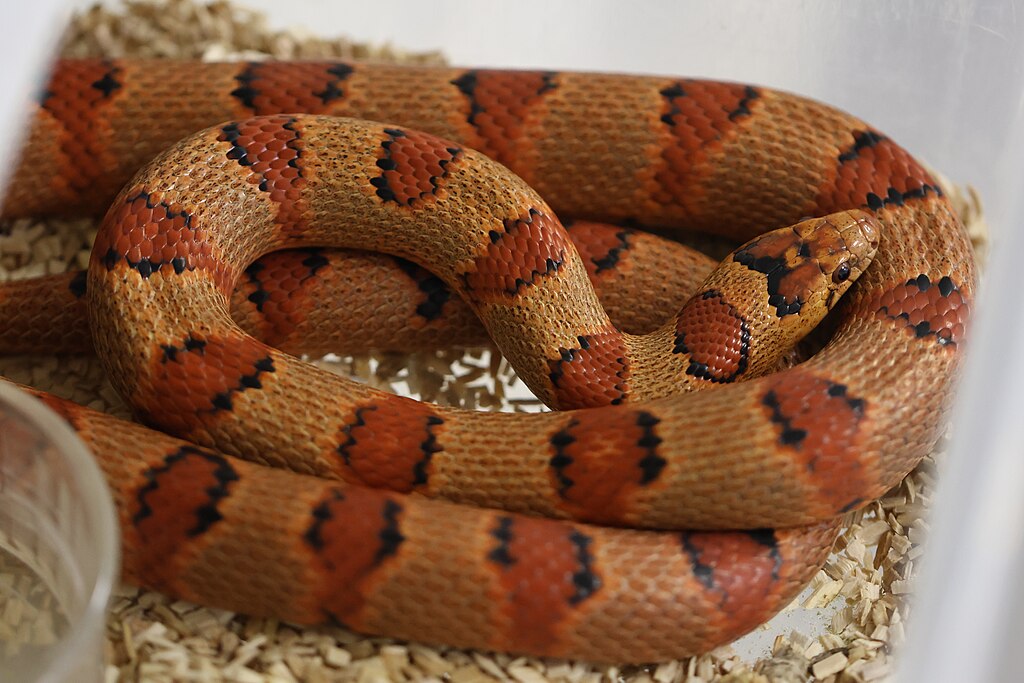
The kingsnake (Lampropeltis getula and related species), with its striking pattern of bands or speckles, is another frequent inhabitant of human-abandoned spaces throughout North America. These powerful constrictors earned their regal name from their ability to prey upon other snakes, including venomous species like rattlesnakes and copperheads. Abandoned buildings in rural settings provide kingsnakes with optimal hunting opportunities as they pursue rodents, birds, and other snakes that have also moved into these structures. Their immune system’s resistance to the venom of pit vipers gives them a competitive advantage in environments where rattlesnakes or copperheads might also be present. Kingsnakes are particularly valued when they take up residence near human settlements as they help control populations of more dangerous snake species.
The Architectural Preferences of Serpents

Not all abandoned structures are equally attractive to snake inhabitants, as different architectural features create varying microhabitats that appeal to different species. Older buildings with stone foundations and numerous gaps typically host the highest snake diversity, as they provide more access points and stable internal temperatures. Wooden structures that have begun to decay offer abundant hiding spots as floorboards warp and wall materials deteriorate. Multi-story buildings create vertical temperature gradients that allow snakes to thermoregulate by moving between floors—cooler basements providing relief during summer heat while upper floors trap warmth during cooler seasons. Snakes generally avoid structures with extensive concrete foundations and minimal entry points, as these provide fewer opportunities for ingress and less structural complexity for hiding and hunting.
Urban Explorers: Unexpected Encounters
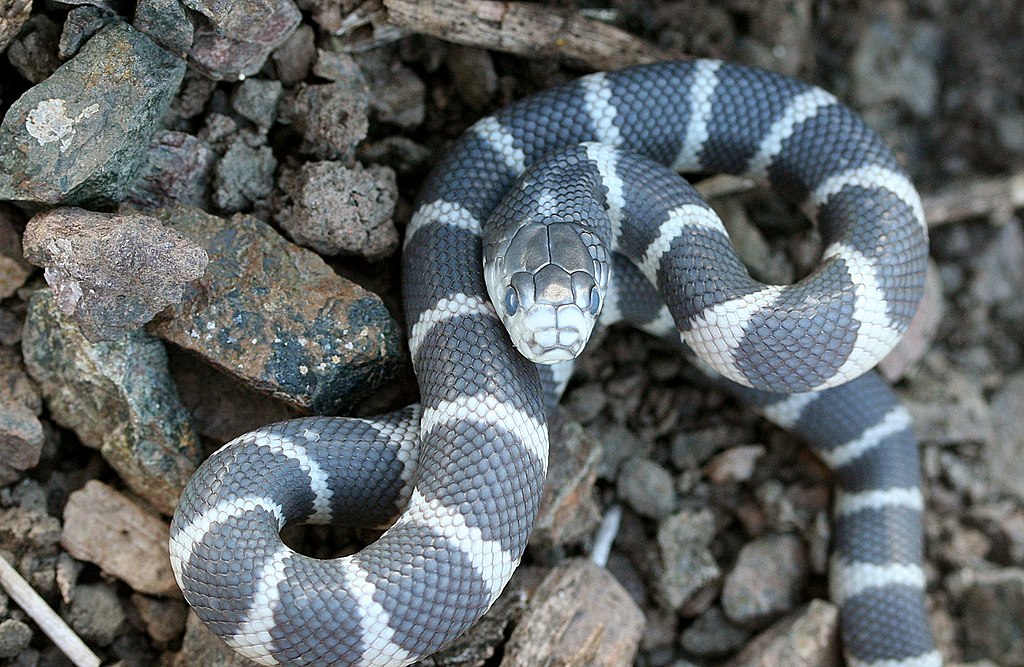
The growing popularity of urban exploration—the hobby of visiting abandoned buildings and infrastructure—has led to increasing human-snake encounters in these forgotten spaces. Urban explorers regularly report snake sightings in abandoned factories, hospitals, schools, and residential buildings across the world. These encounters can be startling for unprepared visitors, though most structure-dwelling snakes are non-venomous and more likely to flee than confront humans. Professional photographers and documentary filmmakers sometimes specifically seek out these serpentine squatters, as they add a dramatic natural element to images of human abandonment and decay. Safety experts recommend that urban explorers wear protective footwear, long pants, and use flashlights to check dark areas before reaching into them, as even non-venomous snakes may bite defensively if startled or cornered.
Venomous Visitors: When Danger Moves In
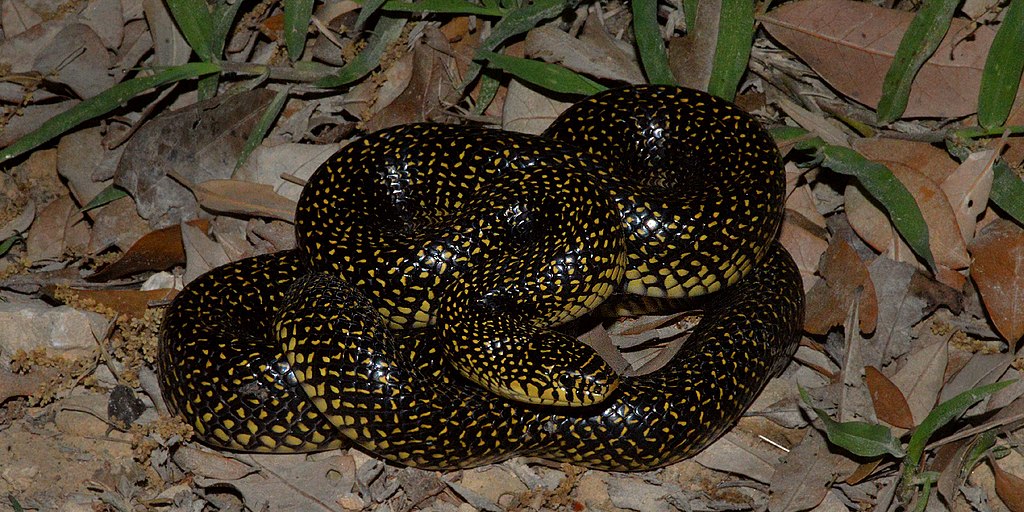
While most structure-dwelling snakes are harmless species, abandoned buildings in certain regions can attract venomous snakes seeking shelter and prey. In North America, copperheads (Agkistrodon contortrix) are perhaps the most common venomous species to utilize human structures, particularly in basements, crawlspaces, and stone foundations of abandoned rural buildings. Timber rattlesnakes (Crotalus horridus) in the eastern United States occasionally den in the deep foundations or root cellars of long-abandoned homesteads, especially those built into hillsides. In Australia, eastern brown snakes and tiger snakes may take up residence in deserted outbuildings and homes, creating significant hazards for anyone entering unaware. Professionals conducting assessments of abandoned properties in regions with venomous snake populations typically employ specialized safety protocols, including snake gaiters and inspection tools, before physical entry.
Historical Buildings: Ancient Cohabitation
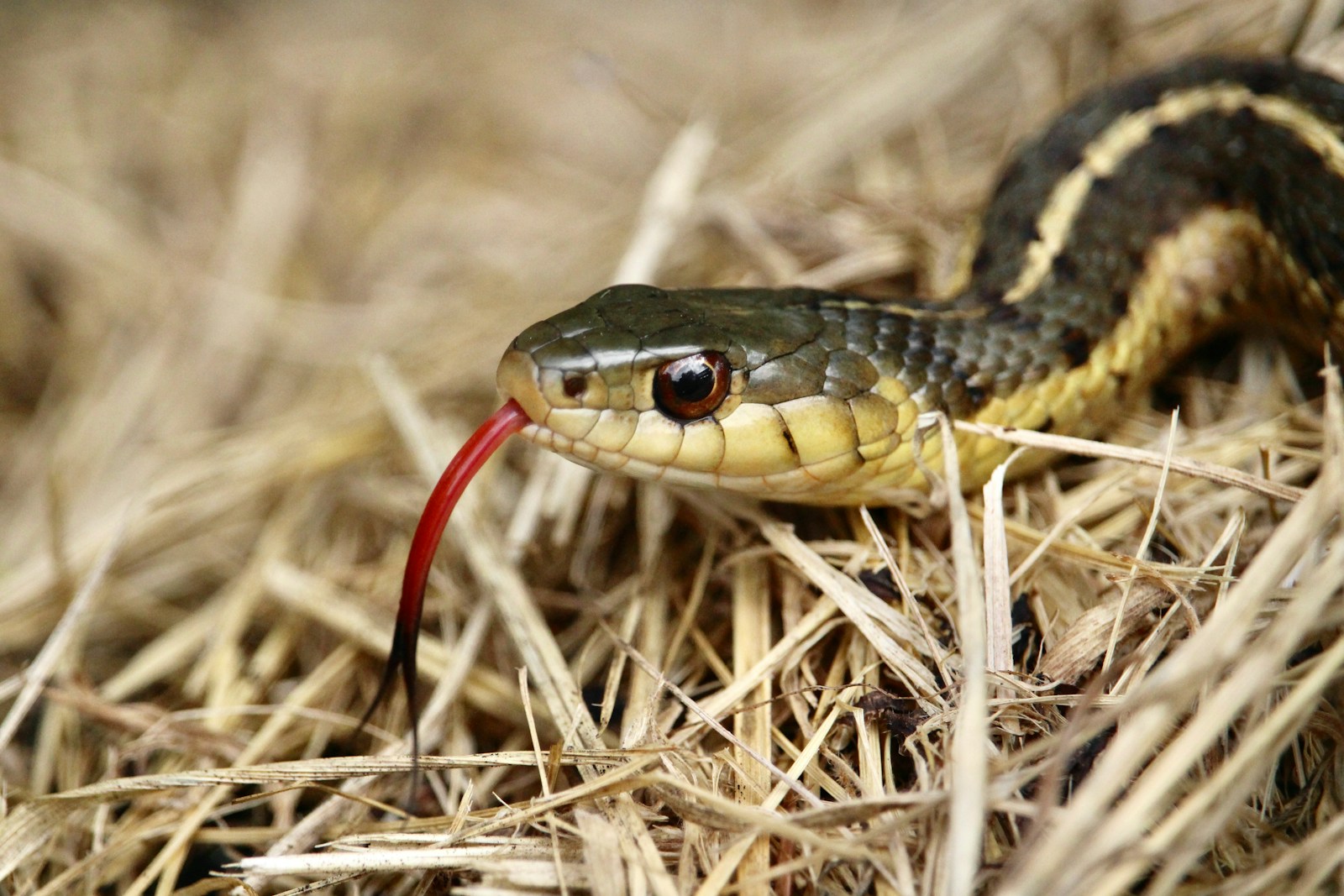
The relationship between snakes and human structures extends far beyond modern abandoned buildings, with archaeological evidence suggesting this cohabitation has existed for millennia. Ancient Roman ruins, particularly in Mediterranean regions, frequently host populations of Aesculapian snakes (Zamenis longissimus), which were once sacred to the healing god Asclepius and allowed to roam freely in healing temples. Mayan and Aztec ruins throughout Central America provide ideal habitat for numerous snake species, with boa constrictors and fer-de-lance vipers often encountered by archaeological teams working at these sites. In Cambodia’s Angkor Wat complex, reticulated pythons and cobras have established populations in the less-visited temple ruins, creating continuous lineages that may have inhabited these structures since they were first abandoned centuries ago. This long history suggests that snakes quickly recognize and exploit the advantages of human architecture, even as the buildings transition from active use to abandonment.
Ghost Towns: Serpentine Successors

Ghost towns around the world represent fascinating examples of large-scale habitat creation for structure-dwelling snakes. These abandoned communities, whether deserted due to economic collapse, natural disasters, or political changes, undergo successional ecology as wildlife gradually reclaims the built environment. Western American ghost towns like Bodie, California, and Rhyolite, Nevada, now host thriving populations of Great Basin gopher snakes and rattlesnakes that hunt the abundant rodents inhabiting these deteriorating settlements. The infamous Chernobyl Exclusion Zone has seen dramatic increases in snake populations, with grass snakes and smooth snakes thriving in the abandoned Soviet-era apartment buildings and public structures where human absence has allowed rodent populations to explode. Researchers studying these sites gain valuable insights into how quickly and completely reptiles can adapt to and colonize human-created environments when left undisturbed.
Coexisting with Structure-Dwelling Snakes

For property owners who discover snakes in abandoned or seldom-used structures on their land, understanding the ecological benefits these reptiles provide can lead to more harmonious coexistence. Snakes in outbuildings, barns, and sheds offer excellent rodent control, potentially preventing crop damage and reducing the risk of diseases spread by mice and rats. Creating dedicated snake habitat away from human-occupied buildings—such as rock piles, brush heaps, or purpose-built “snake hotels”—can encourage reptiles to remain on the property while reducing unwanted encounters. Sealing access points to occupied structures with fine mesh or expandable foam prevents snake entry while allowing them to patrol surrounding areas for pests. Conservation-minded landowners sometimes even incorporate “viewing windows” into certain outbuildings, allowing observation of resident snakes as they go about their rodent-hunting activities without disturbance.
Rehabilitation Challenges: When Structures Are Reclaimed
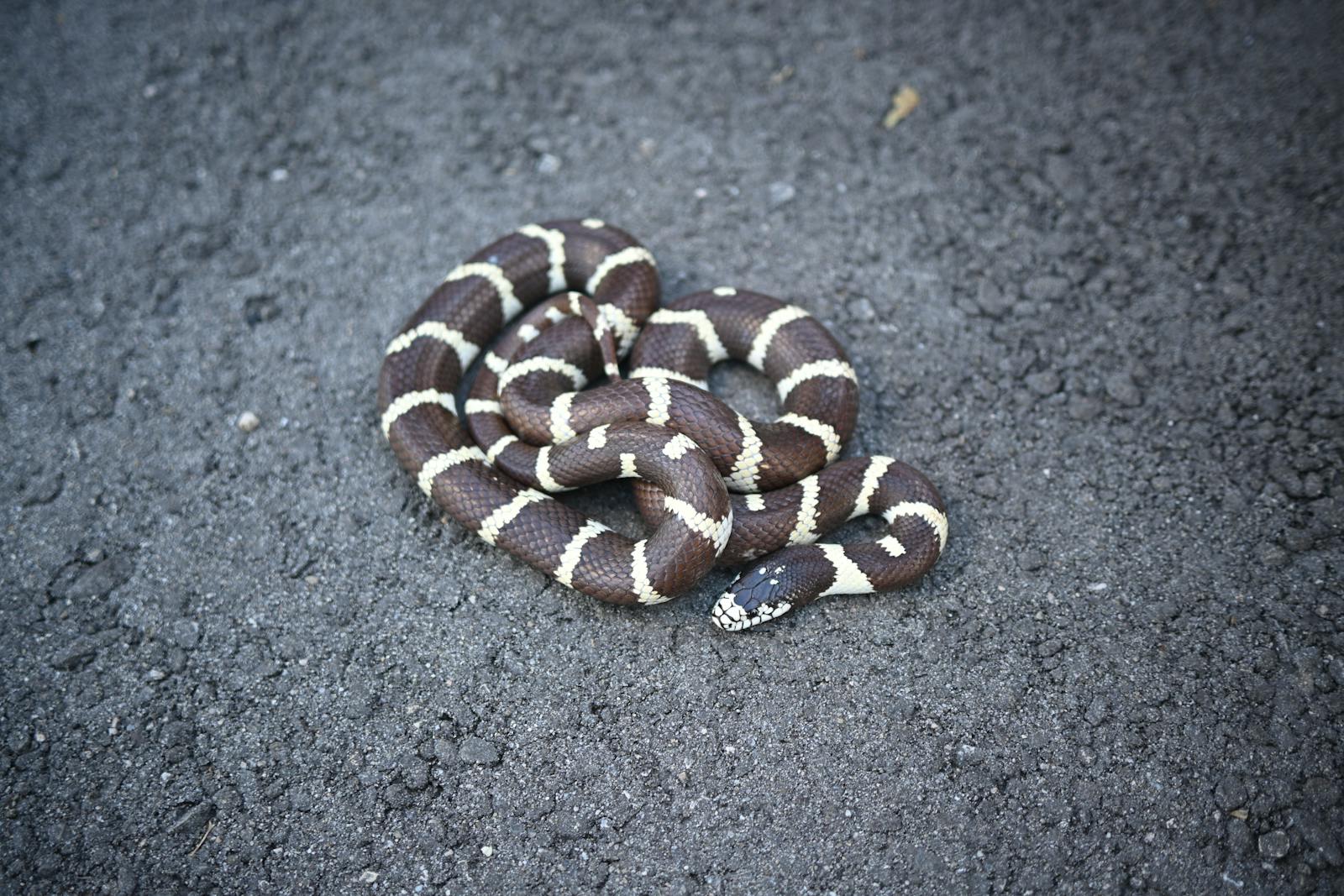
The renovation or demolition of long-abandoned buildings creates significant challenges for both human workers and serpentine residents. Construction crews frequently encounter snake populations during initial assessment phases, particularly when work begins during spring emergence or fall denning periods when snakes may be concentrated in specific building areas. Responsible developers increasingly employ wildlife specialists to safely relocate snake populations before major construction work begins, moving them to suitable nearby habitat where they can continue their ecological roles. In regions with protected or endangered snake species, environmental regulations may mandate survey work and formal relocation plans before permits are granted for redevelopment of abandoned properties. The most progressive projects incorporate design elements that maintain some snake habitat within the rehabilitated landscape, recognizing these animals as beneficial components of the local ecosystem.
The Symbolism of Snakes in Abandoned Places

The presence of snakes in abandoned human structures carries powerful symbolic weight across cultures, often reinforcing perceptions of decay, danger, and nature’s reclamation of human endeavors. Literary works frequently employ the image of the snake in an abandoned building to signify complete desertion—the ultimate sign that humans have truly surrendered a space back to wild nature. Horror films and ghost stories exploit this symbolism, using structure-dwelling snakes as visual shorthand for places that have crossed the threshold from merely empty to genuinely abandoned and potentially dangerous. In some cultural traditions, however, finding snakes in abandoned family homes is considered a protective sign, with the reptiles serving as guardians of ancestral spaces during periods of human absence. These contrasting interpretations reflect humanity’s complex and often contradictory relationship with both snakes and the concept of abandonment itself.
Conservation Implications of Structure-Dwelling Snakes

For several threatened snake species, abandoned human structures have become crucial habitat in landscapes where natural options have disappeared. The eastern indigo snake (Drymarchon couperi), North America’s longest native snake and a federally threatened species, has been documented using abandoned farm buildings and hunting cabins as shelter in parts of its range where development has eliminated natural refuges. In Europe, the endangered Aesculapian snake relies on abandoned stone buildings and ruins in regions where old-growth forests with natural tree hollows have been eliminated. Conservation biologists increasingly recognize these human-created habitats as worthy of protection, sometimes advocating for the preservation of certain abandoned structures specifically for their value as snake habitat. This perspective represents a shift in conservation thinking, acknowledging that some species have adapted so thoroughly to human-modified environments that their survival may depend on the maintenance of these artificial habitats.
In conclusion, the phenomenon of snakes inhabiting abandoned human structures illustrates the remarkable adaptability of these reptiles and the unexpected ecological succession that occurs when humans withdraw from the built environment. Far from being simply occasional visitors, many snake species have become specialized exploiters of these unique habitats, developing populations that may persist for generations within the walls, foundations, and rafters of our forgotten buildings. As we continue to abandon structures across rural and urban landscapes, understanding these serpentine successors provides valuable insights into wildlife adaptation and raises important questions about how we might better design our relationship with the natural world—even in the places we’ve left behind. Whether viewed as beneficial pest controllers, symbols of decay, or conservation opportunities, structure-dwelling snakes represent a fascinating biological response to the human footprint on our planet.

